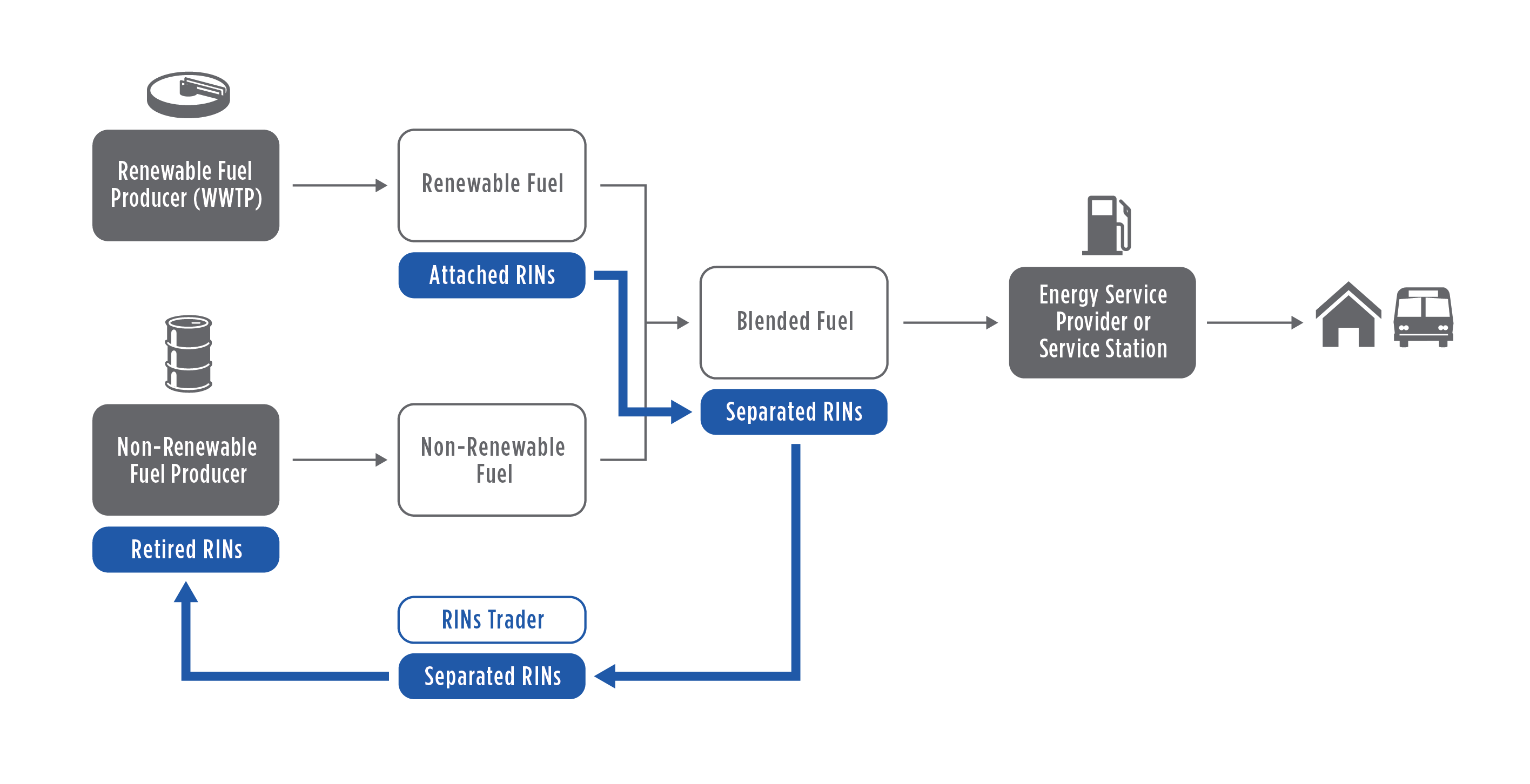Overall Process Considerations
Digesters are sensitive and often temperamental processes, particularly if a community’s or utility’s wastewater treatment plant doesn’t control how and when feedstock is being added to the digester. If materials are misfed into a digester, it can cause significant problems including excessive foaming or grinding the biology within a digester to a halt.
Municipalities will also need to consider whether they have the staff available to handle these additional activities and create training programs to teach employees how to operate and maintain the systems.
Maximizing Gas Yield
One of the biggest advantages of adding alternative feedstocks into the process is that it can yield more biogas. However, there are several critical factors that will need to be taken into account to maximize the gas yield at a facility.
First, digesters don’t like change and don’t operate as efficiently if conditions are altered too suddenly. Municipalities will need to communicate with feedstock suppliers to find out what kind of material will be delivered so that they are able to schedule how much and how often to introduce the new feedstock into the digesters.
A digester will operate best when it receives the same type of feedstock consistently, so municipalities will see the best results by establishing relationships with their suppliers and working out agreements to receive the same type of materials on a regular basis.
Having open and regular communication — including telling suppliers what kinds of materials they can’t send — improves the receiving process and promotes better results.
Technologies To Improve Gas Yield
A consistent, regular source of feedstock isn’t the only way to improve gas yield. Technology, like hydrolysis, can also provide improved treatment.
Hydrolysis, which breaks open cells in the sludge that’s produced so it’s more easily and thoroughly digested, can be done in multiple ways. One method to promote hydrolysis is to increase the temperature and pressure in the units, while the other method utilizes a biological approach. Each strategy carries its own set of business advantages and challenges.
Thermal hydrolysis has historically been an expensive and difficult process to operate. The high temperature required can also produce an unpleasant odor, making it a public relations challenge for some facilities. Newer technology has helped mitigate some of those concerns, but these are the types of issues that owners should consider.




